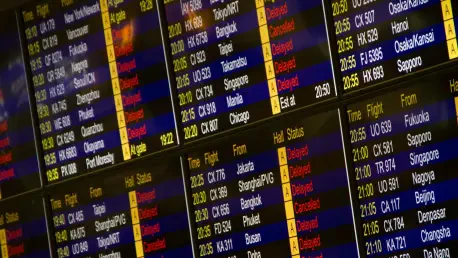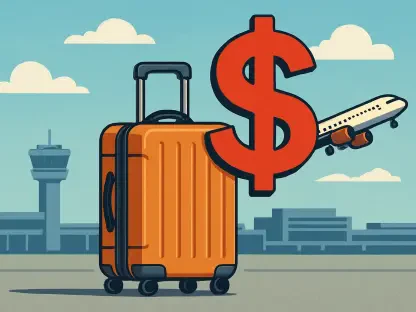As Hawaiian Airlines announces an expansion of its winter schedule for 2025, the aviation industry observes a strategic maneuver aimed at capitalizing on peak seasonal demand. By enhancing services on key routes and introducing advanced aircraft, Hawaiian Airlines is positioning itself to meet evolving traveler preferences and increase operational efficiency, shedding light on broader trends in the industry.
Industry Overview
The aviation industry is a critical component of global transportation, offering significant economic contributions and connecting communities worldwide. Despite challenges such as fluctuating fuel prices and environmental concerns, the industry remains resilient, driven by technological advancements and evolving consumer expectations. Comprising commercial, cargo, and general aviation sectors, the industry sees major players continually optimize their fleets and services to maintain competitiveness.
Key Trends and Market Dynamics
Emerging Trends and Technologies
The aviation sector is experiencing rapid changes, with airlines embracing innovative technologies to improve passenger experience and reduce operational costs. Trends such as digital transformation, sustainable practices, and enhanced customer service are becoming standard. Airlines now focus on features like advanced seating, personalized in-flight entertainment, and seamless travel processes, reflecting an industry-wide shift toward customer-centric operations.
Market Insights and Growth Projections
Increased travel demand and economic recovery are providing momentum for growth in the aviation sector. Market insights indicate a positive trajectory for the next few years, highlighting robust growth driven by increased passenger traffic and technological investment. Airlines are responding to these trends by expanding their networks and modernizing fleets, as evidenced by Hawaiian Airlines’ recent schedule enhancements.
Challenges and Solutions
The industry faces numerous challenges, including regulatory changes, rising operational costs, and environmental pressures. Technical complexities in adopting new technologies and ensuring compliance can pose significant hurdles. To navigate these challenges, airlines are investing in fuel-efficient aircraft, pursuing sustainability initiatives, and streamlining operations to reduce costs and improve efficiency.
Regulatory Framework and Compliance
A complex web of regulatory requirements governs the aviation industry, with compliance crucial for safety and operational integrity. From safety standards to environmental regulations, airlines must continuously adapt to evolving legislation. Security measures remain a priority, with airlines investing in technologies to enhance passenger safety and streamline check-in processes, aligning with global best practices.
Future Outlook of the Aviation Industry
The industry is on a transformative path, with technological innovations promising to reshape air travel. Emerging disruptors, such as electric aircraft and autonomous systems, hold the potential to redefine conventional operations. As consumer preferences lean toward more sustainable options and personalized experiences, airlines are expected to continue their investment in modern solutions to meet these demands. The aviation sector is poised for a dynamic future marked by growth potential and innovation-driven progress.
Conclusion and Recommendations
The expansion of Hawaiian Airlines’ winter schedule underscores a broader industry trend where airlines are aligning their operations with market needs and technological advancements. This approach reflects a strategic response to increasing travel demand and changing consumer preferences, positioning Hawaiian Airlines as a forward-thinking player in the aviation landscape. Moving forward, airlines can leverage advancements in technology and sustainability practices to enhance service offerings and meet future challenges, ensuring a competitive edge in an evolving market.









